Whether you’re working in hospitals, schools, offices, restaurants, retail stores, or anywhere else people frequent, promoting healthy indoor air plays an important role in maximizing the health and safety of the population.
As a professional in the cleaning and restoration industry, controlling the spread of infection in a facility is a critical responsibility. The American Society of Heating, Refrigerating and Air-Conditioning Engineers (ASHRAE), is recommending professionals use supplemental air control/air purifying systems—such as an air scrubber—to improve ventilation and filtration provided by heating, ventilation, and air-conditioning systems. This can help lower the airborne concentration of SARS-CoV-2 and other pathogens, therefore reducing the risk of transmission through the air.
For more detailed/technical information, read the full position document published by ASHRAE which describes evidence-based HVAC strategies that can help lower the risk of infection.
It is important to establish indoor air quality procedures and policies to better understand the future impact of changes on your business operation. With indoor air quality being more important than ever to building owners and operators, it will fall upon you to ensure you’re doing everything possible to keep building tenants and other occupants safe and healthy.
How Do Illnesses Spread?
Viral respiratory illnesses such as COVID-19, influenza, and many others can spread from person to person via airborne pathogens. When a person is infected, they may expel pathogenic droplets into the air by sneezing, coughing, talking, and even just breathing. Airborne transmission occurs when another person inhales virus-containing droplets or aerosol. Infection can also occur when someone touches a contaminated surface and then touches their mouth, eyes, nose, etc.
Why You Should Use an Air Scrubber to Improve Indoor Air Quality
Improving indoor air quality by removing harmful contaminants is important to combat the spread of infectious diseases. An air scrubber can be used to remove these contaminants and increase the number of air exchanges per hour being made with outside air.
What is an Air Scrubber?
An air scrubber is a machine that can attach directly to the ductwork of an HVAC system or be used independently to help remove airborne pathogens, airborne particulate, air pollution, dust, and many other harmful impurities. The air scrubber will help provide a cleaner, healthier, and safer space for all occupants.
HVAC filters have a minimum efficiency reporting value (MERV) that indicates the smallest particles that the filter can effectively remove. The higher the MERV rating the better the filter is at trapping specific types of particles.
Air scrubbers utilize a HEPA filter to clean air within an area. The air scrubbers help by cleaning the air independently from the HVAC system, no longer relying on whether the fan is on and running. They will also provide filtration to spaces within buildings that aren’t served by central HVAC systems.
In summation, portable air scrubbers work by supplementing the building HVAC systems and redirecting airflow patterns outside of the structure. By increasing the air exchange rate, contaminated air is replaced with clean air, therefore decreasing the risk of transmission and spread of infectious diseases.
What Contaminants Do Air Scrubbers Help Remove from the Air?
The air inside facilities can be contaminated by particulate matter. Air scrubbers use HEPA filtration to remove particulate from the air. HEPA filters remove 99.97% of particulate that is 0.3 microns in size. Airborne particulate or organisms that are smaller than 0.3 microns can be ventilated from a structure using an air scrubber. According to ASHRAE, improving air exchanges within a structure will reduce the build-up of airborne particulate and pathogens in stagnant air. Reducing this build up by ventilating from a structure will reduce the risk of transmission.
Here are some examples of dangerous particulate matter as described by the EPA:
- Viruses
- Bacteria
- Airborne dust
- Fungal spores
- Fumes and smoke
- Animal dander
What is an Air Exchange Rate and Why is it Important?
Air exchange rates refer to the amount of times air is replaced in a room every hour. The reason air exchange rate is important is if air exchange isn’t sufficient, trapped allergens, pollutants, and other contaminants can lower the indoor air quality, affecting the health and safety of building occupants.
Air stagnation can cause a build-up of dangerous airborne pathogens in a given space. By improving the air exchange rate with outside air, you will reduce the risk of transmission of airborne pathogens inside the space.
ASHRAE has provided specific guidelines for air exchanges per hour. The rate varies depending on the size of the room, its use, and the amount of people inside. Here is a summary of the ASHRAE recommended air changes per hour for common building types. These air exchange rates are based on typical room sizes and occupancy rates:
- Residential homes: 0.35–1
- Hotel rooms: 1–2
- Office buildings: 2–3
- Retail stores: 2–3
- Schools: 5–6
- Restaurants: 4–8
- Sports facilities: 4–8
The numbers above are approximate. Exact ventilation rates for given spaces should be calculated based on the ASHRAE 62.1 standard.
What is Clean Air Delivery Rate?
Clean Air Delivery Rate (CADR) is a measure of an air scrubber’s delivery of clean air. According to ASHRAE, you should consider CADR as being approximately the airflow of the unit multiplied by its cleaning efficiency. The EPA considers this the most helpful indicator for understanding and comparing the effectiveness of the unit. A higher CADR is better as it indicates a unit is delivering a larger volume of clean air per minute.
The rate of particle removal from the air is called Clean Air Delivery Rate (CADR), typically in units of cubic feet per minute (CFM). To reach your desired air exchange rate in air changes per hour (ACH):
ACH = CADR (cfm) x 60 (min/hr) room volume (ft3)
Larger rooms and areas require air scrubbers with higher CADR ratings. To determine the suitable CADR for a given room, the Association of Home Appliance Manufacturers (AHAM) recommends the 2/3 rule—choosing a unit with a CADR that’s equal to at least two-thirds of the square footage of the room. The EPA offers similar room size recommendations. (source: https://ahamverifide.org/ahams-air-filtration-standards/)
How to Properly Use an Air Scrubber to Increase Indoor Air Quality
Once you decide to use an air scrubber to help clean the air inside a building, place the air scrubber in the room where air cleaning is desired. Position the air scrubber in a spot where air intake and discharge are not obstructed, making sure all furniture and drapery are out of the way.
Since air is being pulled into the air scrubber and the cleaned air is returned to the room, flexible ductwork may be necessary for strategic positioning of intake and/or discharge locations. This includes the discharge outside the room to create pressure differences.
The Jon-Don Difference
Jon-Don has the knowledge, products, and support available to help you add indoor air quality services to your business. Contact a Jon-Don rep today to discuss the steps you need to take in order to become an IAQ expert.
With thousands of products in stock, our same-day shipping promise (on all orders placed by 5:00 PM M-F), and reps with decades of real-world knowledge within the industry, Jon-Don is the partner you need. When you purchase supplies and equipment from Jon-Don, you receive the industry’s best guarantee. With every machine or equipment purchase, your team will receive hands-on, one-on-one training to ensure that you get the most out of everything you buy. We can also help you determine exactly which products you need to buy based on the job you are completing as well as the proper quantity. Shop Jon-Don for all your indoor air quality needs today.


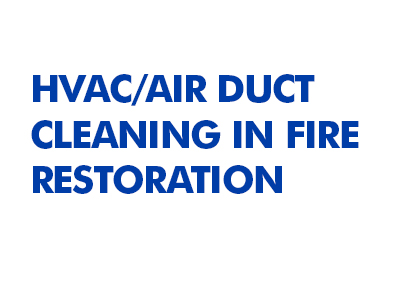
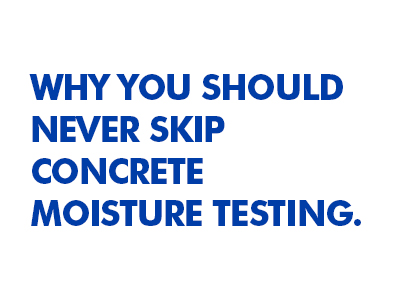

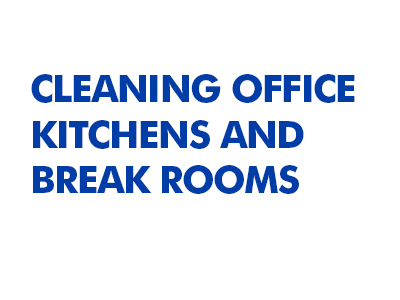
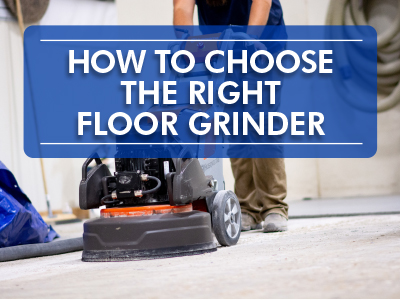
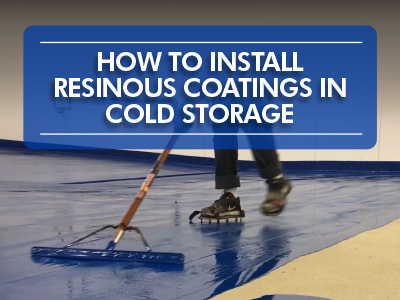
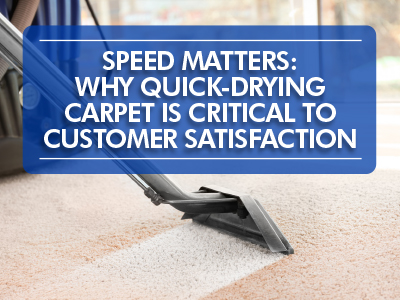
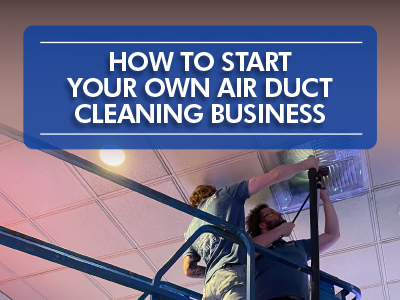
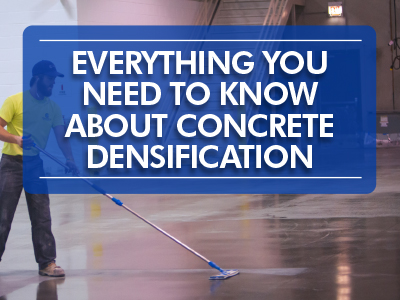
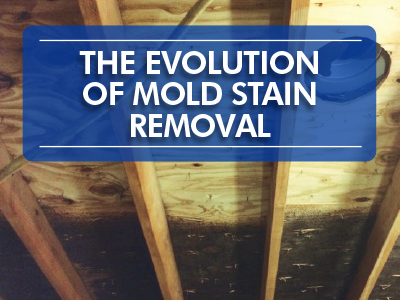
Comments